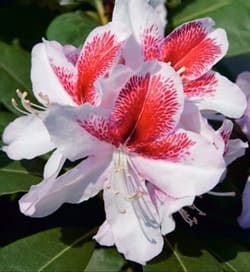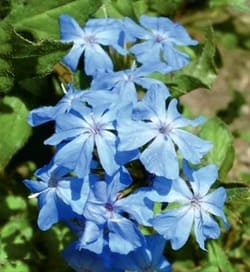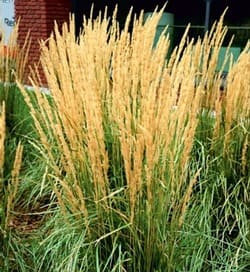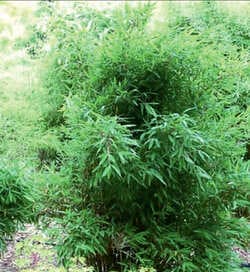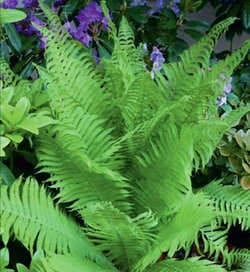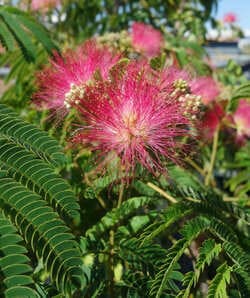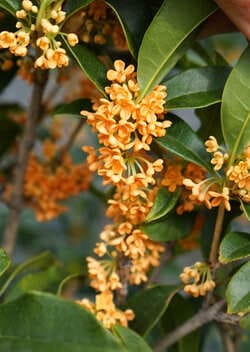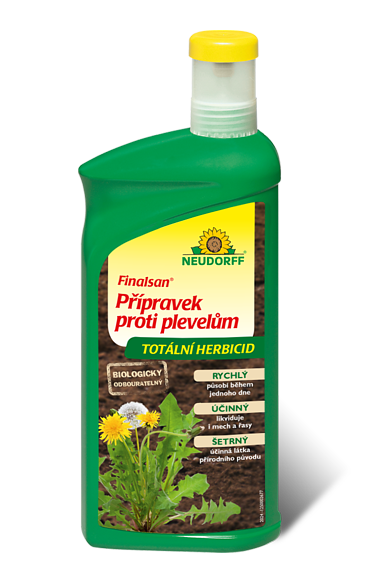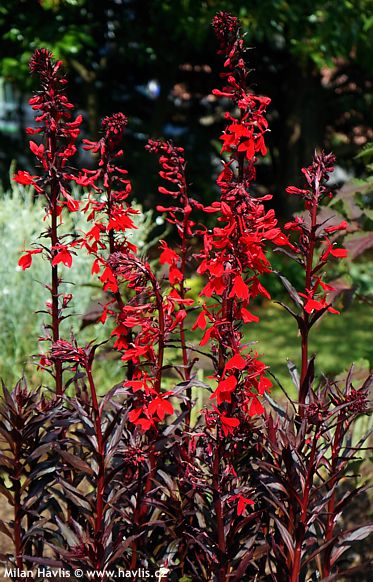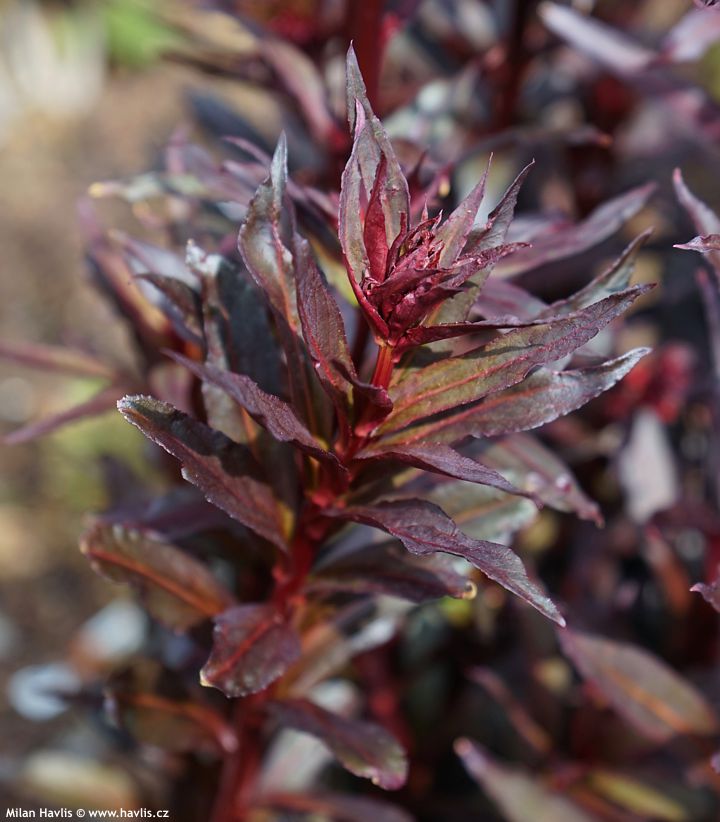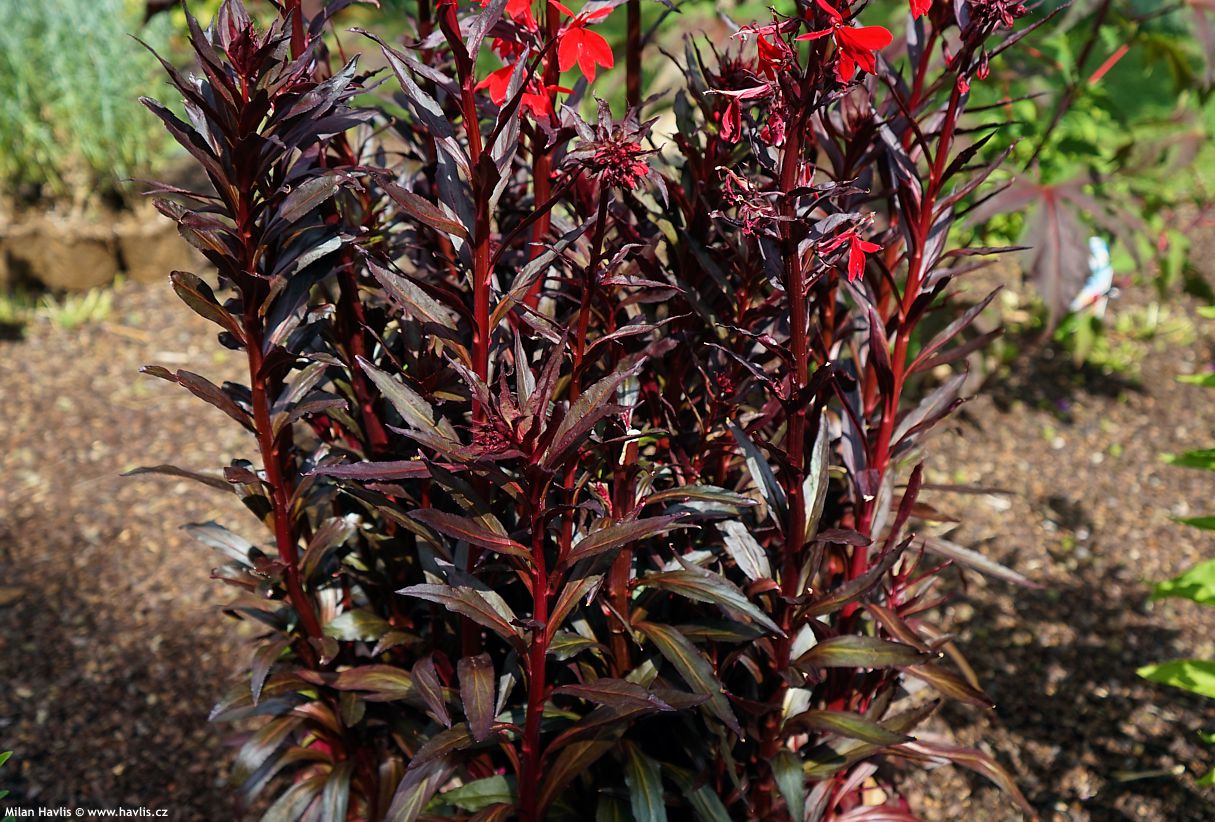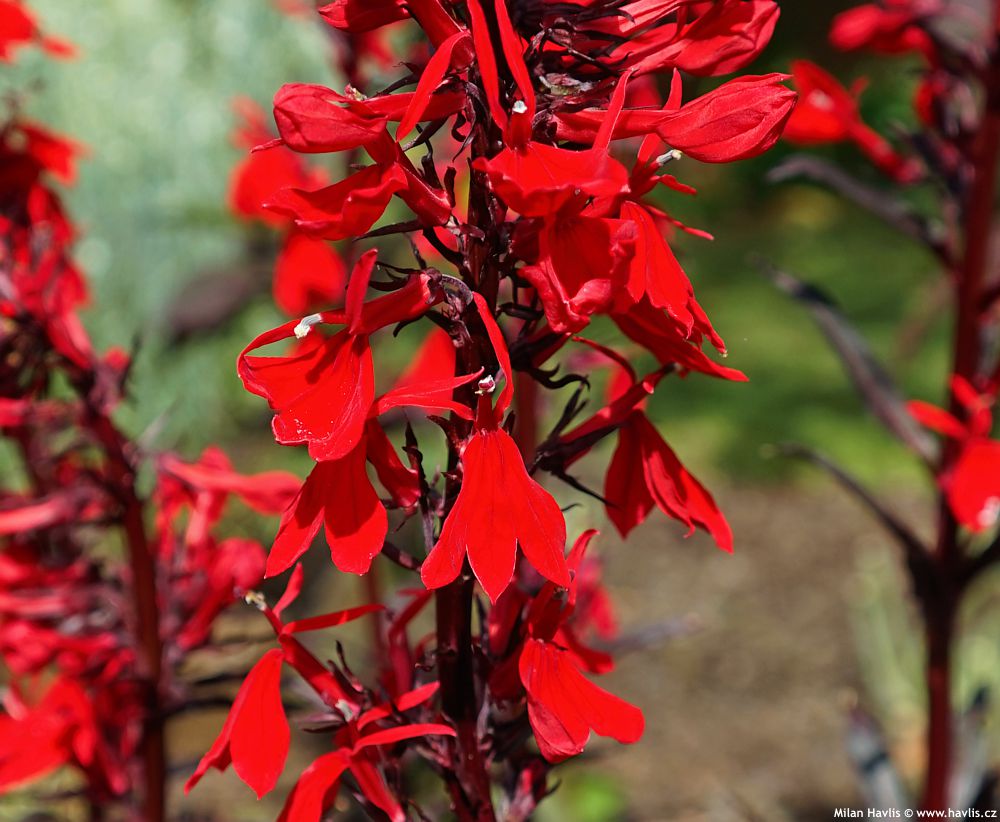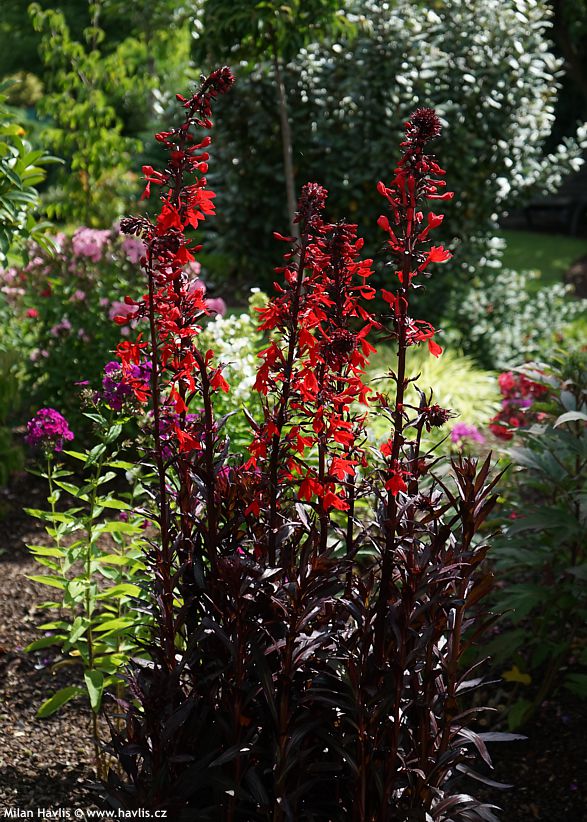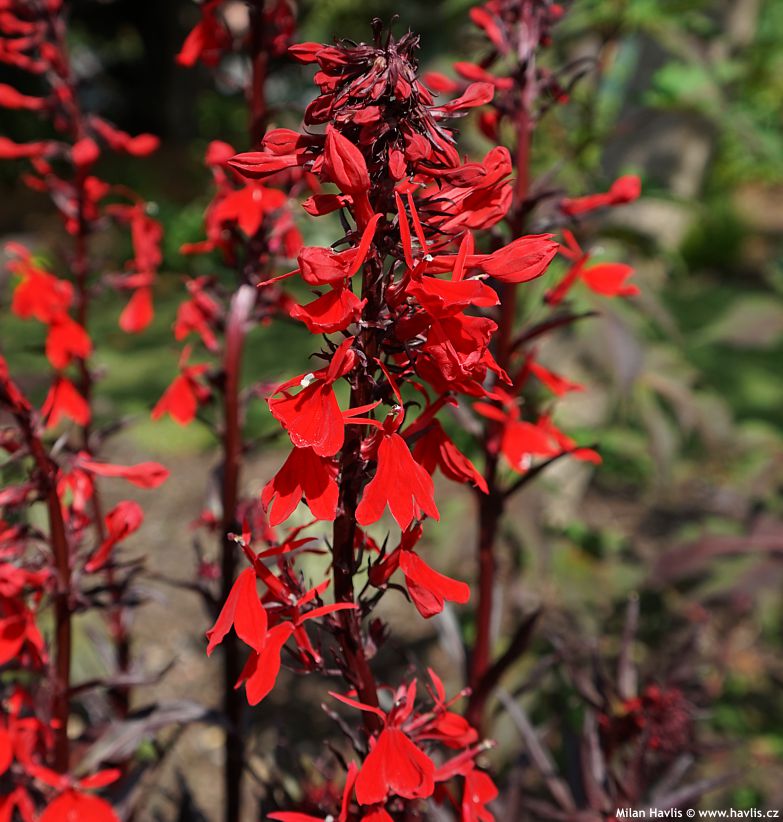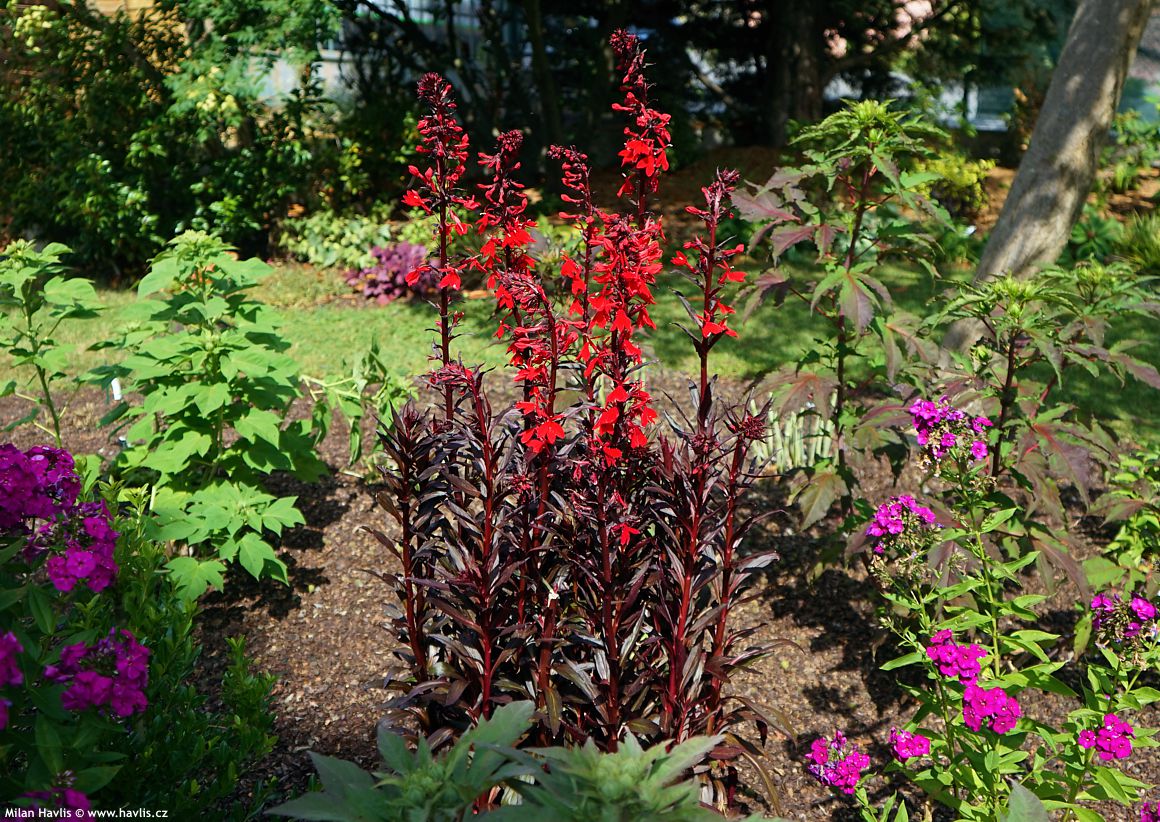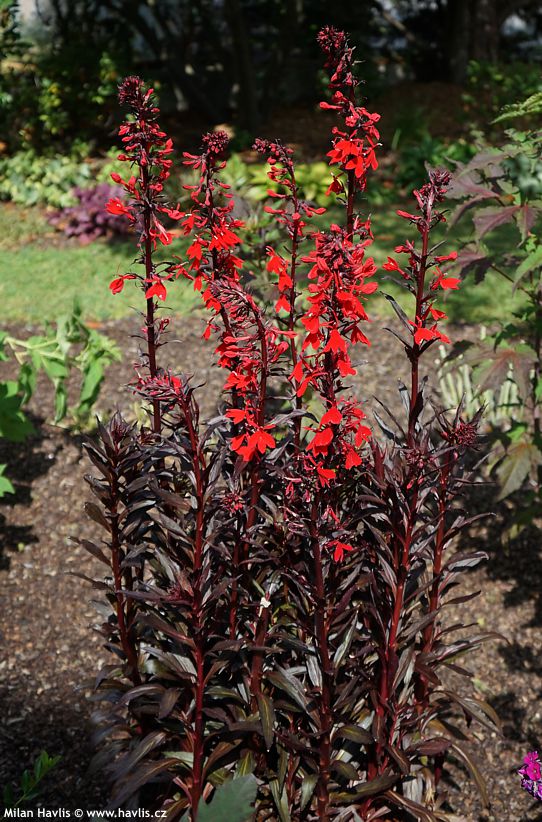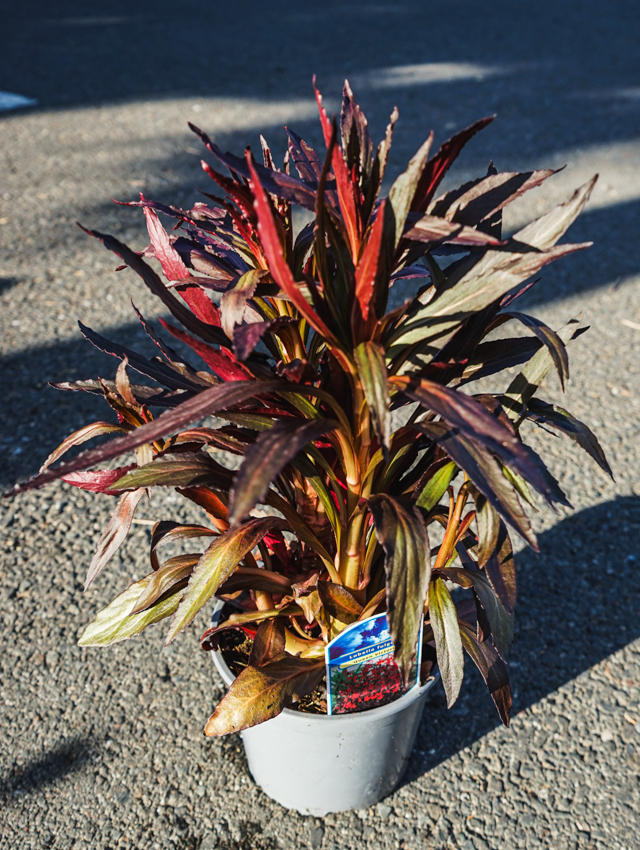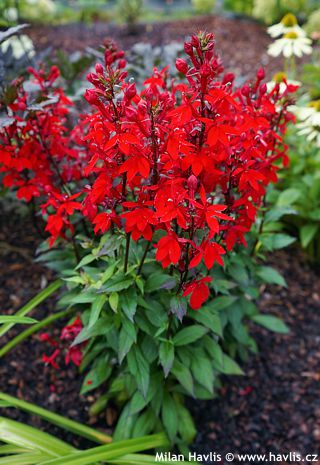Lobelia 'QUEEN VICTORIA' lobelia, cardinal flower
Lobelia
Lobelia belongs to the bellflower family (Campanulaceae), though the genus is so extensive that many botanists prefer to classify it under its own family, Lobeliaceae. To date, there are an impressive 415 recognized species of Lobelia found across the globe, most commonly native to the Americas. While many are tropical, moisture-loving annuals, several hardy perennial hybrids have been successfully developed for temperate gardens. Among them is the stunning Lobelia × speciosa, first described by English botanist Robert Sweet (1783–1835), a complex cross involving L. siphilitica, L. fulgens, and L. cardinalis. New varieties are now being bred for greater longevity and improved cold hardiness.
Queen Victoria is a statuesque cultivar of cardinal flower that has long graced temperate-climate gardens. From mid-summer to early autumn, it produces tall, terminal flower spikes packed with large, vivid scarlet, tubular, two-lipped blooms that blaze against its dark foliage. Each sturdy, maroon-tinged stem bears clusters of flowers so closely spaced they resemble glowing red torches. Plants typically reach heights of 90–120 cm and are at their best in compact groups, where their upright form and saturated colouring create a dramatic vertical accent. The name pays tribute to Britain’s Queen Victoria, renowned for her passion for horticulture and her lasting influence as a symbol of Victorian elegance—a reference perhaps to the cultivar’s dignified, commanding presence.
Before flowering, Queen Victoria forms a low basal rosette of lance-shaped to ovate leaves, rich in beetroot tones ranging from deep purplish-red to bronze-brown, with a glossy surface and gently undulating margins. As flower stems elongate, the foliage on them becomes slenderer and longer, often shifting to deep green with a purplish sheen in shaded parts, while maintaining its wine-red coloration in full sun. The plant forms a compact, dense clump around 30–60 cm wide, sending up several parallel vertical stems that retain their architectural form even in full bloom, lending clarity and sculptural structure to planting schemes. Removing spent stems will encourage a second flush of shorter stems with flowers.
This lobelia thrives in consistently moist conditions and—despite contrary claims from some growers—can tolerate lightly waterlogged soils, often performing better in them. Trials revealed that winter losses were caused not by frost but by drought. Plants in clay-rich, damp, or saturated beds retained healthy foliage throughout winter and emerged in spring to produce clumps twice as large as the previous year. Grow in full sun or light partial shade; the latter may reduce plant longevity. It prefers fertile soil of any pH and benefits from periodic applications of organic fertilizer during the flowering season. The plant contains toxic compounds and exudes a milky sap when cut, which may cause skin irritation in sensitive individuals. Slug attacks must be controlled as they are particularly fond of its stems and can cause extensive damage to the outer tissues right up to the flowering tips. This variety requires shelter from strong winds and is reliably hardy down to approximately –20 °C (USDA zone 6b), provided it does not dry out over winter.
Last update 10-08-2025
Goods are shipped all over Europe. For Russia and U.K. and for further details please read about SHIPPING OPTIONS HERE.
Are you interested in a serious discount for orders NOV-FEB? Check your options here.
THE PRICES INCLUDE VAT of 15%. For quick conversion you can use 1 CZK = approx. 0.04 EUR
- STANDARD QUALITY - Plants of this group are 1st class quality with number of branches and overall density adequate to their size and age, considering they were container grown.
- DE LUXE QUALITY - This label guarantees a luxurious quality of manually selected plants that, compared to their height and age, are exceptionally dense and beautiful.
- EXTRA - These plants are usually mature and bigger specimens with exceptional overall appearance.
- STANDARD (as described in the plant form) means a tree with a trunk of 190-210 cm and a crown at the top, unless specified differently. The commercial size for trees is their girth measured in the height of 1m from ground.
- HOBBY - These plants are of the same quality as our standard-quality plants but younger and therefore cheaper.
- SHRUB - a woody plant with branches growing bushy from the ground level.
- HALF-STANDARD or MINI-STANDARD - a small tree with shorter trunk, its size is usually specified.
- FEATHERED - These are trees with branches growing already from the base of the trunk and up along the stem.
- GRASSES and PERENNIALS - Sizes given usually read the diameter of the pot or the clump, as specified.












